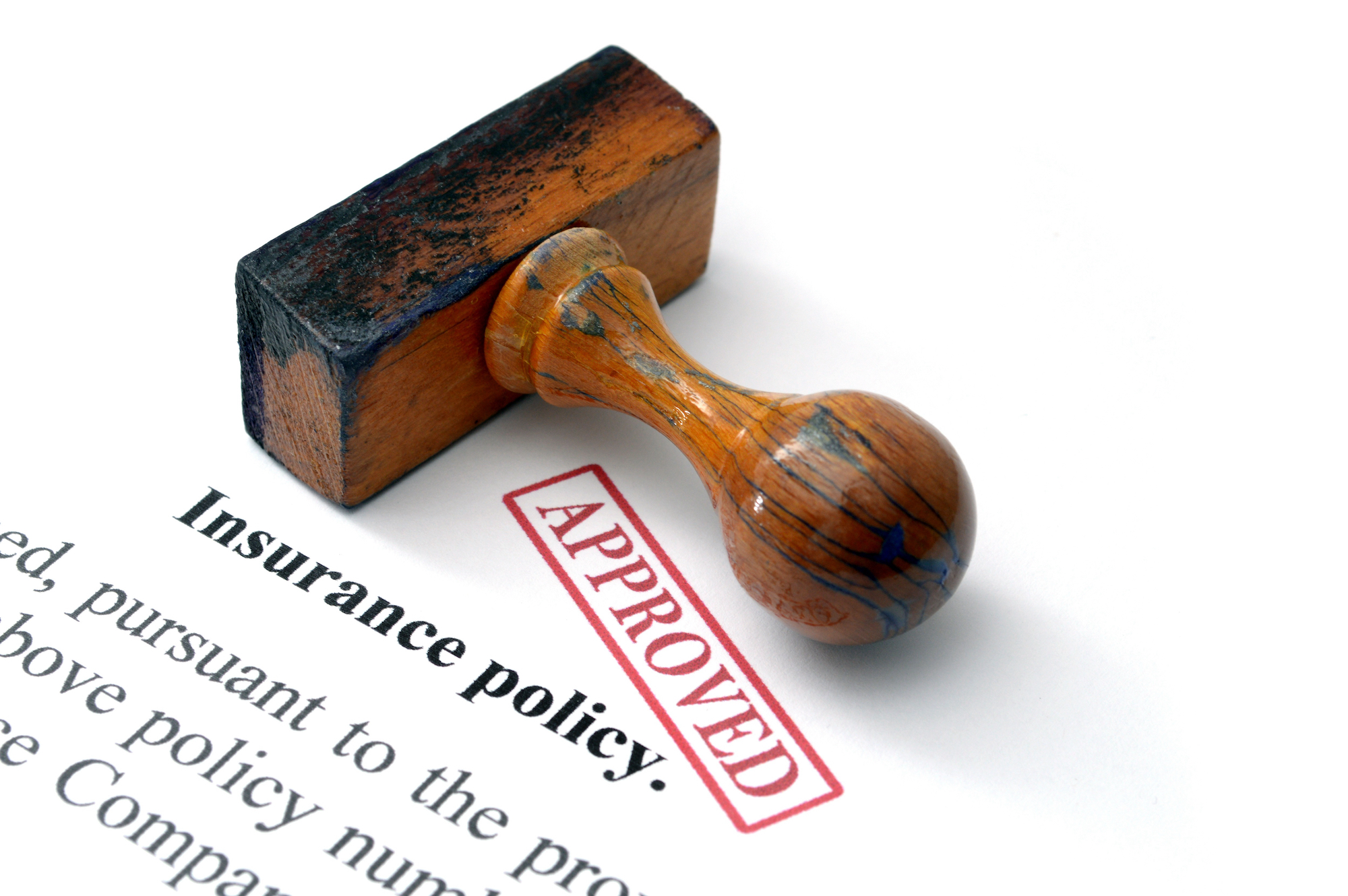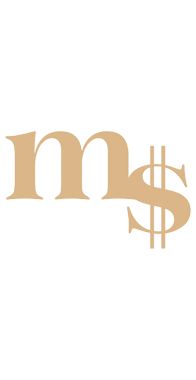
Rising inflation could mean your home is underinsured
Inflation, supply chain issues, labor shortages, and an uptick in natural disasters are all contributing to the rise in the cost of home construction and repairs. Without sufficient insurance coverage, a homeowner is at risk of having to pay out of pocket to rebuild their home after a disaster.
If disaster strikes, you’ll want enough homeowner’s insurance to rebuild your home, help replace your belongings, defray costs if you’re unable to live in your home and protect your financial assets in the event of liability to others.
Here are the 8 types of insurance coverage that you will want to review to see if you have sufficient coverage for your home.
Replacement cost coverage (aka “Dwelling”)
Dwelling coverage pays to repair or rebuild your home (and other structures you own) should you have a covered loss. This is not the same as your home’s market value which is the cost to buy your home. While your insurer will provide a recommended coverage limit for the structure of your home, it’s a good idea to educate yourself as well.
All the following are considered in the replacement cost of your home:
- Local construction costs
- Square footage of your home
- Style of your home, including walls, roof
- Age of your home
- Number of rooms
- Other structures (garages and sheds)
- Special features such as custom fireplaces, marble countertops
- Previous home improvements made
- Whether your home is up to code
To find out construction costs in your community, call your local real estate agent, builders association, or insurance agent. For a quick estimate of your home’s replacement cost, multiply the local construction costs per square foot in your area by the square footage of your home. Note that land is not included in this calculation.
For maximum protection, consider a policy that includes an inflation clause that automatically adjusts to account for changes in construction costs.
Extended Replacement Cost
This is an endorsement of your regular insurance policy that expands your current replacement cost coverage. It helps to cover extra rebuilding costs that are outside of your control and more than what is written in your policy.
For example, let’s say you insured your home for $400k but then a wildfire destroys it. Since every homeowner in your area who lost their home due to the fire will need to also rebuild their home, the demand and cost for materials and labor will increase. This could cause the cost to replace your home to outpace the amount it’s insured for, causing you to have to pay the difference.
Extended replacement cost coverage adds money to your rebuild bucket, allowing you to afford these increases should such an event occur. You can buy this coverage in increments usually between 10% and 50% of your dwelling coverage.
Building Ordinance or Law coverage
Building codes are updated periodically and may have changed significantly since your home was built. In the event of damage, you may be required to rebuild your home to the new codes and homeowners insurance policies generally won’t pay for that extra expense. If you suspect that elements of your home are not up to current building codes, consider getting an endorsement to your policy called an Ordinance or Law, which pays a specified amount toward bringing a house up to code during a covered repair.
Personal Property coverage
Most homeowners insurance policies provide default coverage for your items. To learn if you have enough coverage, it’s a good idea to conduct a home inventory. See these resources from the Insurance Information Institute here and an article from The Balance here.
A detailed list of your belongings will not only help you figure out how much insurance you need, but it will also serve as a convenient record. In the event any or all of your stuff is stolen or damaged by a disaster an inventory will make filing a claim much easier.
As you go through your home, take photos or a video of each room. Open any dressers, closets, and cabinets to record their contents. Save receipts for any big purchases and record serial numbers. Store this inventory away from home in an app or the cloud. Many apps can help with this. A few of us at MainStreet have used the Encircle app for home inventory because it is free and documentation of your belongings largely involve taking photos. Check out Cynthia’s Money Tip on home inventory apps to learn more.
While you’re reviewing your possessions, think about whether you want to insure them for actual cash value (where the policy would pay less money for older items than you paid for them new) or for replacement cost (which would cover replacing the items). The price of replacement cost coverage for homeowners is about 10 percent more but is generally a worthwhile investment in the long run. If you think you need more coverage, contact your insurance agent and ask about higher limits for your possessions.
There are limits on how much a standard homeowners insurance policy will cover for items such as jewelry, silverware, collectibles, jewelry, and computers so be sure to check with your insurance company on this. If you need more coverage, consider buying a special personal property floater or an endorsement. This will allow you to insure valuables individually or as a collection, with significantly higher coverage limits.
Loss of Use or Additional Living Expenses
Additional Living Expenses (ALE) is a very important feature of a standard homeowners insurance policy. If you can’t live in your home due to a loss, ALE pays the additional costs of temporarily living elsewhere. It covers hotel bills, restaurant meals, and other living expenses incurred while your home is being rebuilt.
If you rent out part of your house, this coverage also reimburses you for the rent that you would have collected from your tenant if your home had not been destroyed.
Check in what your carrier covers and what a typical rental would cost in your area to see if it’s sufficient. In most cases, you can increase ALE coverage for an additional premium.
Medical Payments
Medical payments coverage makes medical payments to others who are injured in your home or on your property, regardless of who is at fault. It’s designed to cover small claims and usually has limits that range from $1,000 to $5,000. The amount varies by policy and state,
Personal Liability
Your homeowner’s policy usually comes with personal liability coverage. Liability coverage protects you from lawsuits filed by others for damage or injuries where you are at fault. While policies can offer as little as $100,000 of coverage, experts recommend having at least $300,000 worth of coverage, according to the Insurance Information Institute. For extra protection, a few hundred dollars more in premiums can buy you an extra $1 million or more through an umbrella policy.
Personal Umbrella Liability
We recommend most clients buy a separate personal umbrella liability policy that sits on top of their auto and homeowners liability coverage and offers additional liability protection. An umbrella policy kicks in once you’ve maxed out your liability coverage in the home or auto policies.
The good news is that umbrella insurance is cheap. According to the Insurance Information Institute, most $1 million umbrella policies cost $150 to $300 per year. You can expect an additional $75 for $2 million in coverage and an extra $50 per year for every extra $1 million in additional coverage.
To Learn More
It is super important to review your insurance policies each year to make sure they are up to date and sufficient for your family’s needs. If you would like to learn more about homeowners or other types of insurance, visit the Insurance Industry Institute at www.iii.org or speak with your financial planner for a full comprehensive insurance review. You can also check out Mainstreet’s other insurance content below:
Homeowners-fire and flood insurance chat with Linda Fullman
Renter’s Insurance and Personal Umbrella
Everything you need to know about insurance – live chat with Anna and Liz


